Let’s be real—waking up to a fresh pimple can feel like betrayal by your own face. And while a whitehead might seem similar to a cyst at first glance, your skin tells a different story. Acne isn’t just one single issue; it’s a collection of skin disruptions, each with its own trigger, personality, and solution. That’s why zapping it with just any cleanser often ends in disappointment.
So, what causes each type of acne? And more importantly, how can you fight back? Let’s break it all down, pimple by pimple.
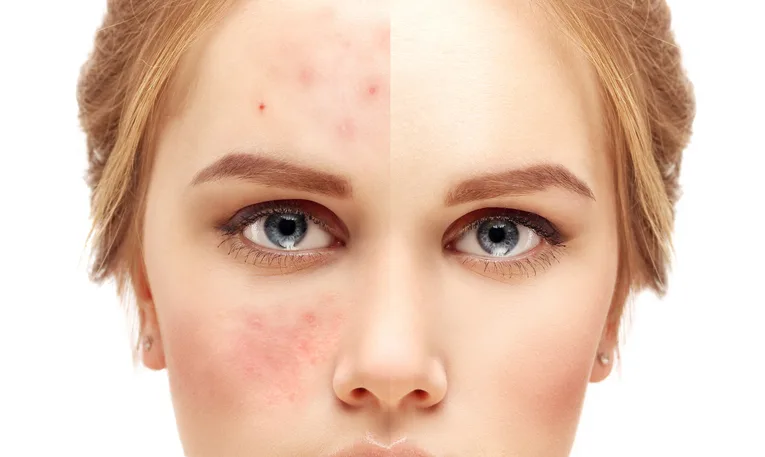
The Basics: How Acne Begins
Before diving into the types, here’s a quick cheat sheet on acne’s roots. Every pore is basically a tiny oil factory. Sebaceous glands pump out sebum (skin oil), and when dead skin cells don’t shed properly, they team up with sebum to clog your pores. Add bacteria, inflammation, or friction—and boom, breakout central.
But how each acne type actually forms is where things get interesting.
Video: The Different Types of Acne and How to Treat Them
Blackheads: When Pores Stay Open to Drama
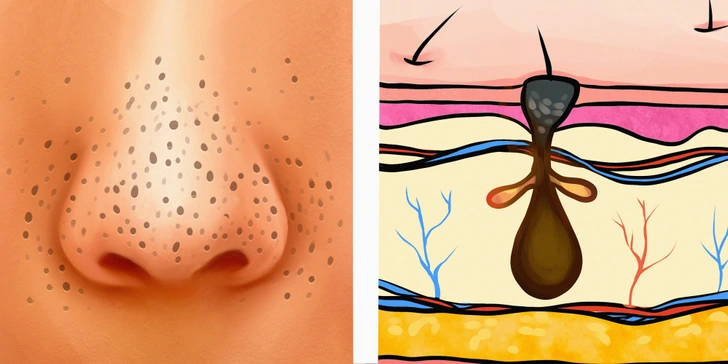
You know those tiny dark dots on your nose or chin that look like dirt? They’re not. Blackheads, or open comedones, are pores clogged with sebum and dead skin that stay open—allowing air to oxidize the gunk inside. That’s what turns them black.
How to Beat Blackheads:
Use salicylic acid to break down oil and exfoliate inside the pore
Add a gentle retinoid to keep cell turnover smooth
Avoid pore strips—they only offer temporary relief and can irritate skin
Whiteheads: Closed Doors and Trapped Trouble
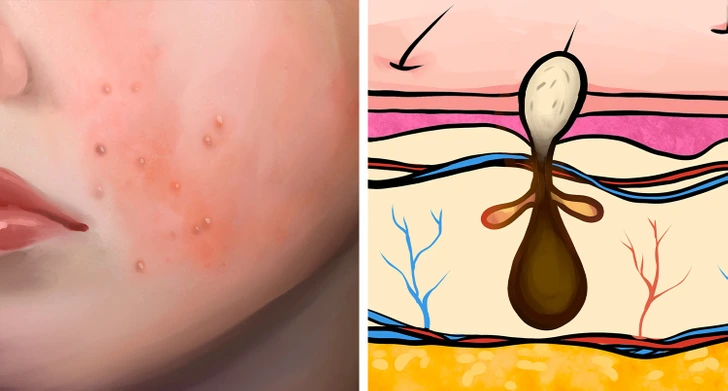
Unlike their blackhead cousins, whiteheads (closed comedones) are clogged pores sealed with a thin layer of skin. They’re tiny, flesh-colored bumps that don’t look inflamed—but they’re breeding grounds for it.
Fighting Whiteheads:
Incorporate glycolic acid or mandelic acid into your routine
Use non-comedogenic products to avoid feeding new plugs
Resist the urge to pop—they’re not ready, and you’ll only make things worse
Papules: Inflamed and Angry

These are those red, raised bumps that feel sore but don’t have a visible head. Papules happen when Cutibacterium acnes bacteria invade a clogged pore, triggering inflammation.
Your Defense Strategy:
Combine a retinoid (to unclog) with benzoyl peroxide (to fight bacteria)
Use calming ingredients like niacinamide to reduce redness
Be gentle—aggressive scrubbing only ramps up inflammation
Pustules: The Classic Zit
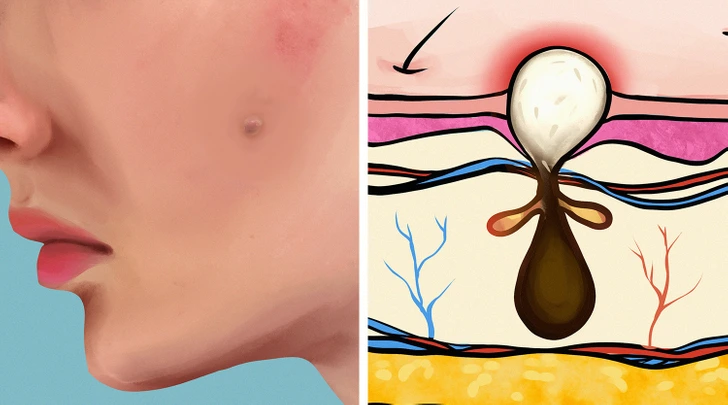
When papules call in the immune system, they fill with white blood cells and develop that yellow or white “head.” Yep, you guessed it—pustules, aka your typical zit.
Smart Moves for Pustules:
Apply benzoyl peroxide or a spot treatment to shrink them fast
Skip the squeezing—it pushes bacteria deeper and increases scarring
Wash pillowcases and phones regularly to avoid spreading bacteria
Nodules: Deep-Rooted and Painful
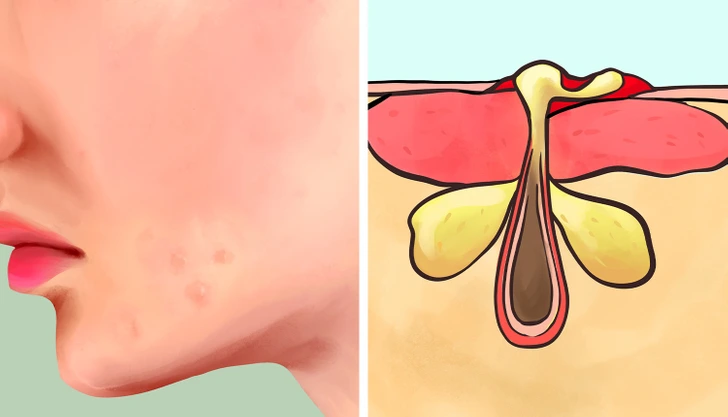
Ever had a painful lump under the skin that doesn’t budge for weeks? That’s a nodule—a deep form of acne that forms when a pore ruptures beneath the surface, spilling gunk into surrounding tissue.
Taming Nodular Acne:
Topicals often fall short—this is where oral antibiotics, hormonal treatments, or isotretinoin come in
Don’t wait—early dermatologist intervention prevents scarring
If stress plays a role, explore calming routines or adaptogens to help
Cysts: The Soft but Serious Ones
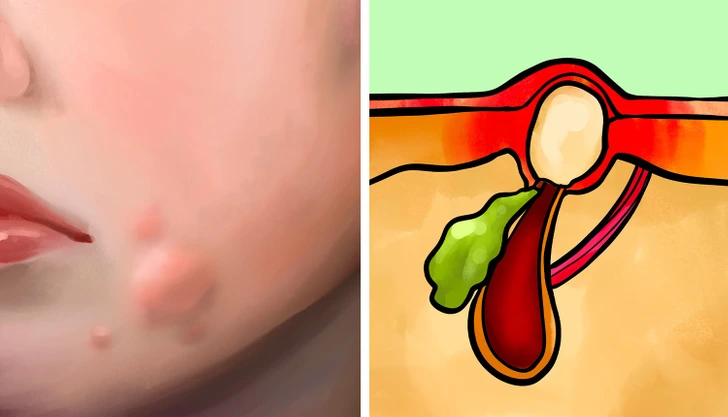
Cystic acne takes nodules up a notch. These are squishy, pus-filled, and often leave scars. They may feel like balloons under the skin, and they can even merge into tunnels.
How to Treat Cystic Acne:
Seek professional help for corticosteroid injections or prescription meds
Use ice packs to calm swelling
Avoid heavy creams—cysts thrive in oil-rich environments
Hormonal Jawline Acne: Why Timing Is Everything
Video: What Your Acne Means By Location According to A Dermatologist
If your chin and jaw erupt in painful bumps right before your period, it’s not a coincidence. Hormonal acne is triggered by monthly hormone shifts—especially when estrogen dips and androgens spike.
Winning Against Hormonal Acne:
Consider oral contraceptives or spironolactone for balance
Stay consistent with your skincare even when your skin’s behaving
Track your cycle to prepare in advance with calming treatments
“Fungal” Acne: Not Your Typical Breakout
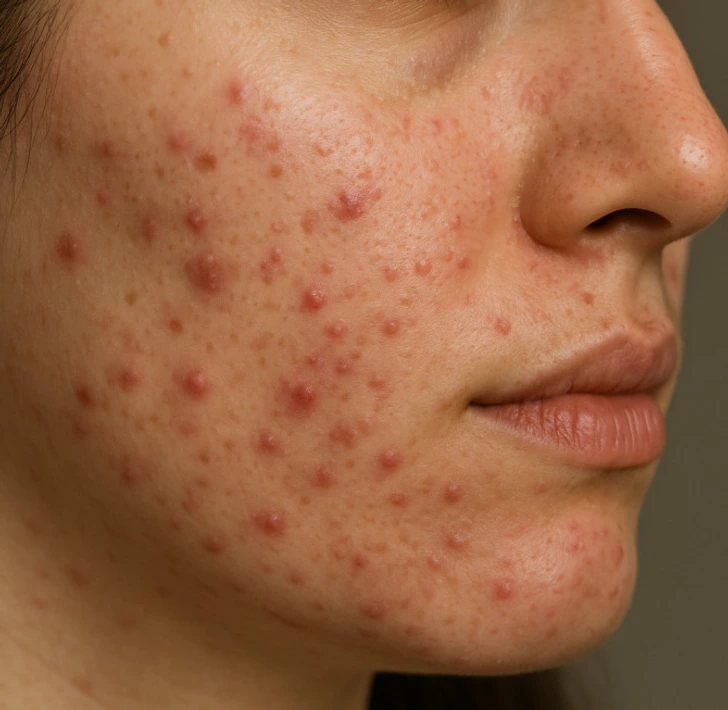
Despite the name, fungal acne (aka Malassezia folliculitis) isn’t acne at all. It’s caused by yeast overgrowth, not bacteria. These tiny, itchy, uniform bumps often show up on the chest, back, and scalp.
Fixing Fungal Acne:
Ditch acne creams—they’ll do nothing here
Use antifungal shampoos like ketoconazole as body wash
Keep sweat and oil buildup under control, especially after workouts
Acne Mechanica: When Your Gear Is the Culprit
If you’ve noticed breakouts under a mask, helmet strap, or sports bra—welcome to acne mechanica. It’s caused by friction, pressure, and sweat trapping debris in your pores.
Preventive Measures:
Choose breathable fabrics and wash them often
Apply a non-comedogenic barrier cream before gearing up
Let your skin breathe—especially after workouts or long days
The Gross But Real “Toilet Hair” Trigger
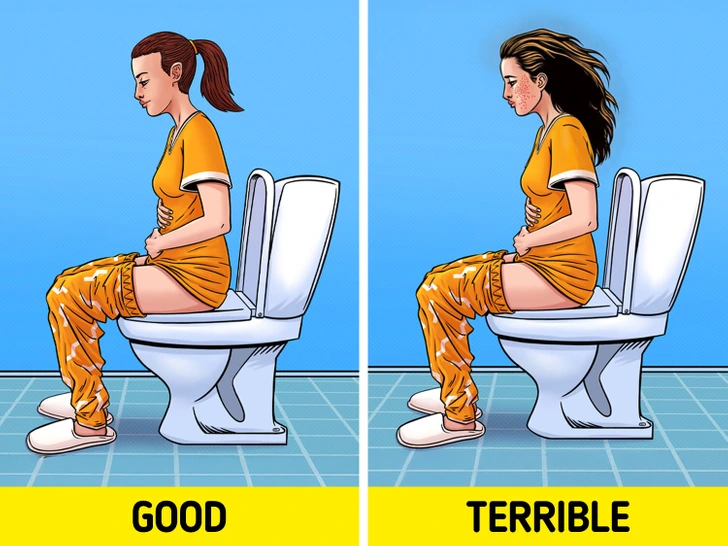
This one’s wild, but science backs it up. If your hair flops forward while you’re on the toilet—and especially while flushing—it might catch bacteria from the bioaerosol cloud (yes, that’s a thing). Then it brushes against your face later and… hello, acne.
The Simple Fix:
Tie your hair back before you flush
Wash your hands and face after bathroom visits
Clean hair = clean skin. Shampoo regularly, especially if you use styling products
Conclusion: Your Acne Isn’t Random—It’s a Clue
Here’s the deal: acne isn’t just one condition. It’s a collection of signs your skin is giving you, and every type has a story to tell. Whether it’s a hormonal flare-up, a bacterial invasion, or just a sweaty afternoon in gym gear, understanding what’s really going on helps you fight smarter—not harder.
The next time you spot a pimple, don’t panic. Pause, look closely, and decode the message. With the right routine and a little science on your side, clear skin isn’t just a dream—it’s a strategy.